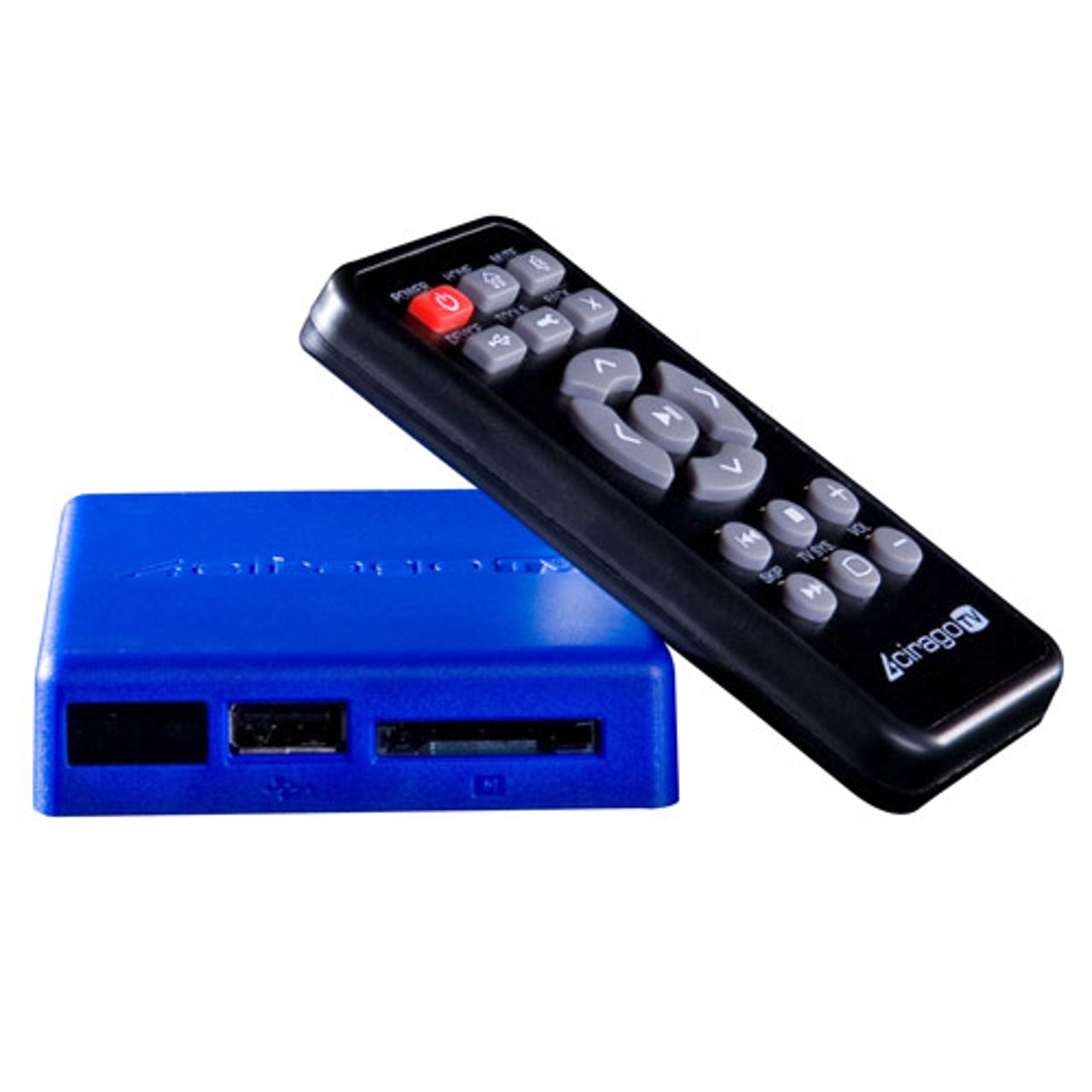Top digital camera accessories


Forget jockeying for position around a monitor or passing about a clunky laptop to share digital snapshots. With its classic leather case, the Digital Foci Photo Book looks much like a photo album, but when you flip it open, there's an 8-inch LCD that plays both photos and videos from the 4GB of internal memory, or directly from a memory card or USB storage device. The $189 device includes two card reader slots that support seven different types of memory cards, as well as a USB interface for photo, video, or music transfer. The built-in speaker is surprisingly loud (though there's not much bass, as you'd expect from a little speaker) and lets you play music in the background while displaying slideshows. Unlike most digital photo frames, the Photo Book supports raw images from a huge range of dSLRs as well as JPEG, BMP, GIF, and TIF image formats. The 800x600 pixel LCD's viewing angle is a little limited, but since it's really a personal viewing device (rather than a photo frame meant for display) it's not much of an issue.
Part WiFi-enabled alarm clock, part digital photo frame, the Dash is really a slicker, more grown-up version of the Chumby Internet appliances. In fact, it uses the Chumby OS, so you can run the thousand-plus existing Chumby Internet apps as well as Sony own content and apps, such as traffic and weather, Internet radio players (e.g., Slacker Radio and Pandora), and Sony Bravia video services (e.g., Amazon, Netflix, YouTube, and more). The 7-inch touchscreen is crisp and bright -- perfect for displaying photos, which you can load from online services such as Photobucket or directly via the USB connection. You can use the touchscreen to rotate images and control and play slideshows, as well as access all the other settings and modes of the device.
The Trek-Tech Essentials kit includes the TrekPod Go Pro combination monopod/tripod/hiking staff, a dSLR ball head, a pan-and-tilt video head, a small table-top tripod, and a clamping arm with a standard ¼ - 20 threaded stud for attaching ball heads, a hot shoe, or a cold shoe. The whole kit and caboodle packs into a travel case that's small enough for carry-on luggage at 5 pounds and 22 inches. The tripods include Trek-Tech’s unique MagMount, a quick-release camera mounting system that uses strong rare-earth magnets to enable super-quick, one-handed attaching and detaching of your camera. Best of all, the whole Essentials set is currently available for just $200 (when sold separately, the products cost $335).
The Kata Bumblebee UL-222 is a well-constructed and meticulously designed high-tech backpack. Everything is optimized to the smallest detail: the tripod sling attaches to various parts of the bag so you can change its location depending on your needs; a laptop slot (for up to 17" models) offers easy access during airport security checks; the Elements Cover is reversible so one side protects against rain and the other deflects direct sunshine. Even the harness system is designed to optimize comfort and reduce weight -- made from the same materials as Crocs shoes, the straps are tapered in thickness to provide cushioning where you need it without unnecessary bulk. At $275, these innovative details don't come cheap, but the Bumblebee UL-222 does come with Kata's "Lightweight Protection" guarantee (return the bag for your money back, no questions asked, if you find another that offers "the same level of protection, similar capacity, features and functionality, which weighs less than Kata’s bag").
Priced within reach of the amateur photographer at $349, the Plustek OpticFilm 7400 is a 7200-dpi scanner that uses a four-scan multi-sampling and multi-exposure engine to digitize 35mm film and slides. The light and compact unit comes with a mounted slide holder to scan four slides at a time, as well as a filmstrip holder. Easy to set up and use, the unit has an LED-based illumination system for more accurate color rendering, and is bundled with LaserSoft's SilverFast 6.6 SE Plus software. Plustek claims that the combination of its hardware and the Silverfast software allows the scanner to increase dynamic range and reduce noise resulting in more accurate exposure and color fidelity. In ad hoc tests, we found the clarity, sharpness, and color of scanned images to be impressive, and the files didn't require much tweaking afterward. You could easily print good-quality images up to 16x20 inches.